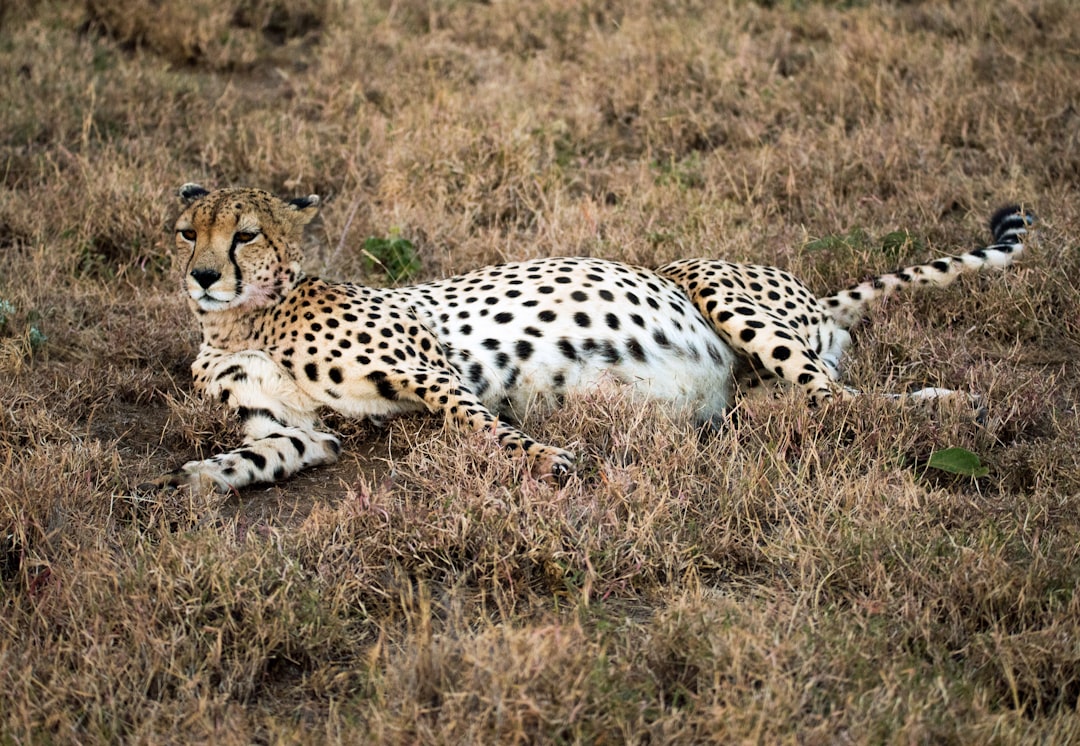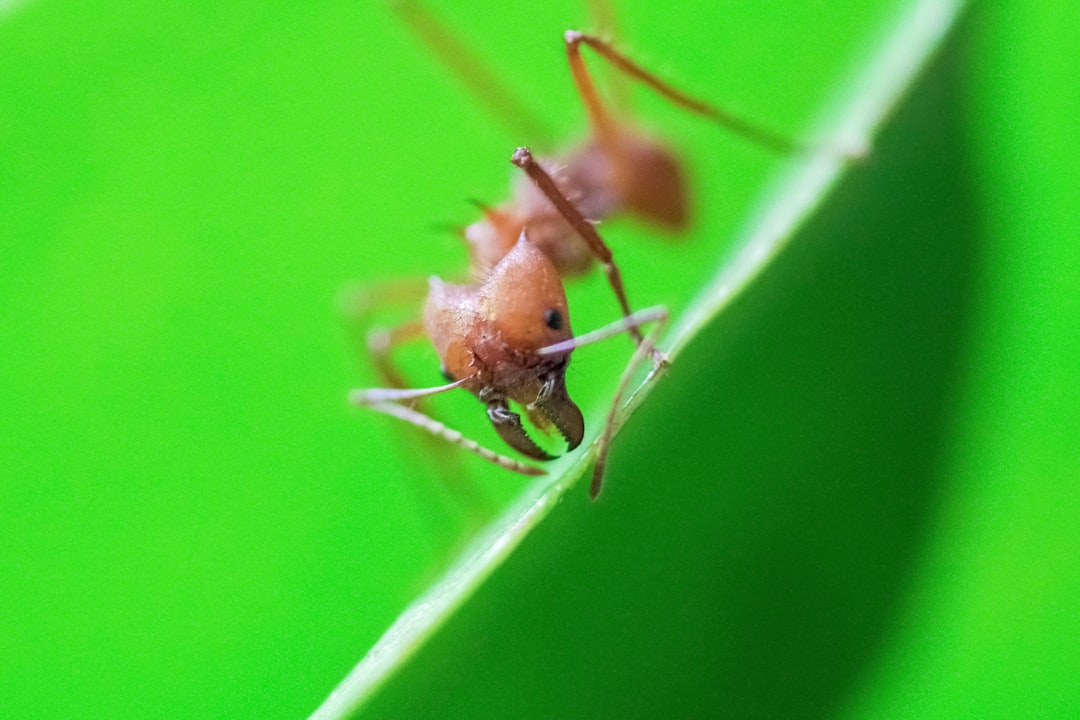What is it about?
Antimicrobial peptides are small cationic, gene-encoded, amphipathic, host defence peptides of size <10 kDa with 15-100 amino acids having a net positive charge of +2 to +9 with a ubiquitous distribution in all living kingdoms. Anti-lipopolysaccharide factor (ALF) is a cationic AMP which constitutes one of the key effector molecules in innate immune system of crustaceans and is capable of binding and neutralizing lipopolysaccharides (LPS). In the present study we cloned, identified and characterized an ALF homolog (Cf-ALF1) encoding cDNA sequence from the haemocytes of crucifix crab, Charybdis feriatus.
Featured Image
Why is it important?
To date there is hardly any study regarding the physiological process involved in the immune system or the host defense peptides from C. feriatus. In the existing scenario of restriction in the antibiotic usage and emergence of multi-drug resistant strains, the present study is of great significance; particularly in the culture system of C. feriatus in order to combat with pathogenic micro-organisms.
Perspectives
The present study reports identification, cloning, molecular and phylogenetic characterization of an isoform of ALF exhibiting 100% identity to SsALF from crucifix crab, Charybdis feriatus. The occurrence of sequence variation mainly in mature peptide could be an important factor that leads to the functional divergence of ALF isoforms from limulids to decapod crustaceans. C. feriatus is an emerging candidate in aquaculture in order to reimburse the decreasing trend in the catch from wild environment and to encounter the demand in aquaculture. Also, C. feriatus has been scheduled as one of the appropriate species for stock enhancement and culture in the international forum on the culture of portunid crabs
Dr Sruthy K S
Cochin University of Science and Technology
Read the Original
This page is a summary of: Molecular characterization and phylogenetic analysis of an anti-lipopolysaccharide factor from the crucifix crab, Charybdis feriatus, Open Access Animal Physiology, September 2015, Dove Medical Press,
DOI: 10.2147/oaap.s84508.
You can read the full text:
Contributors
The following have contributed to this page










